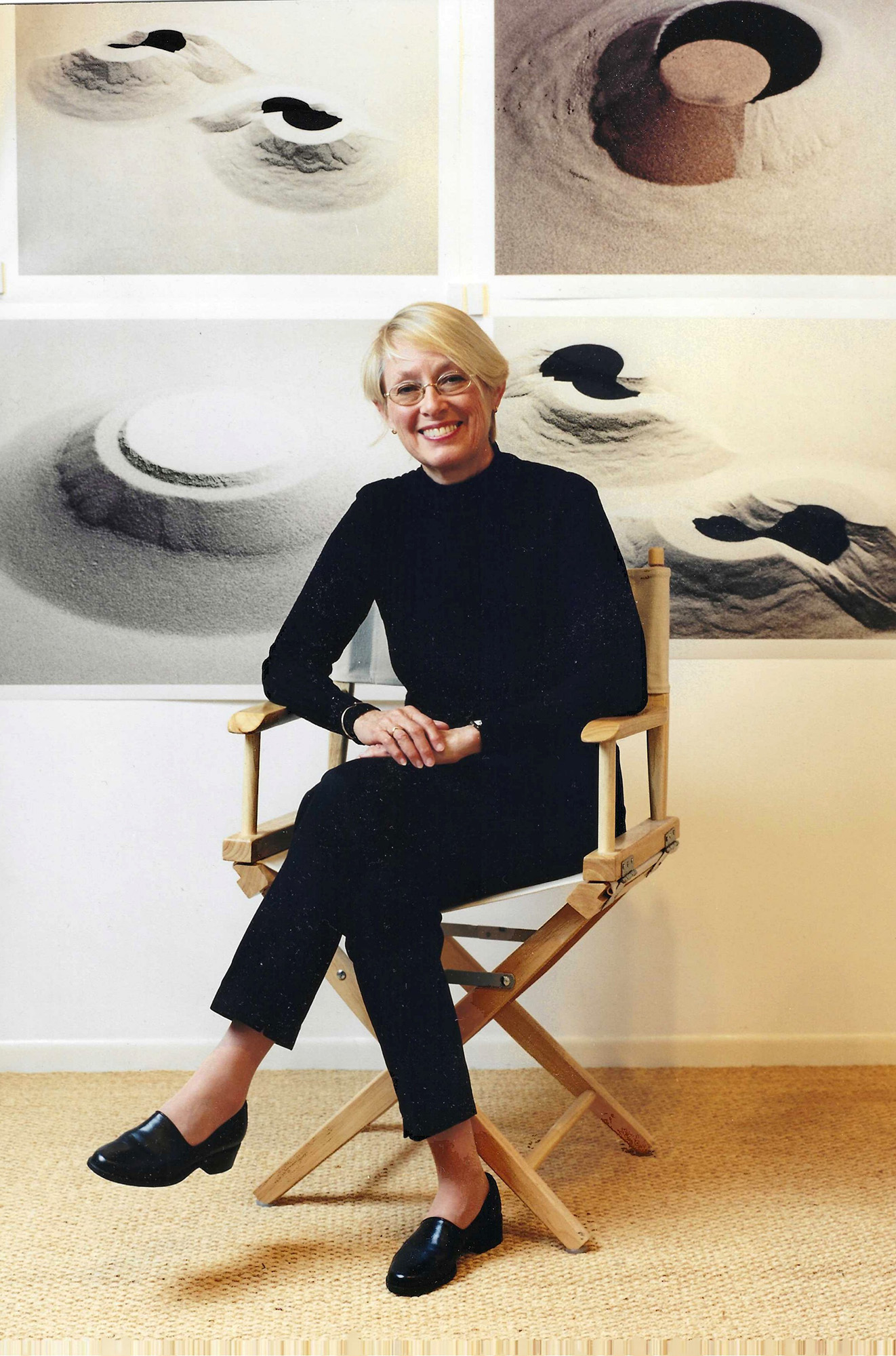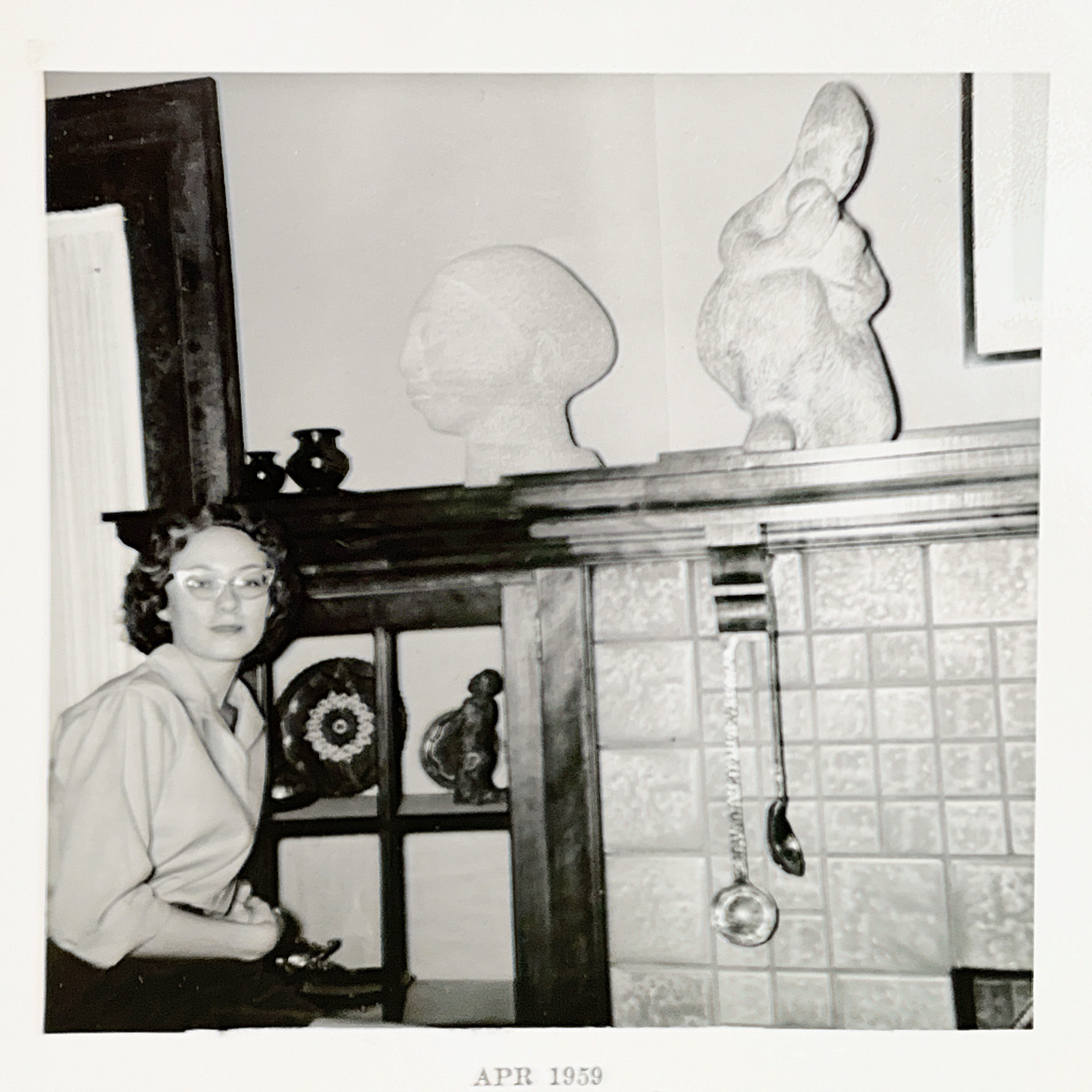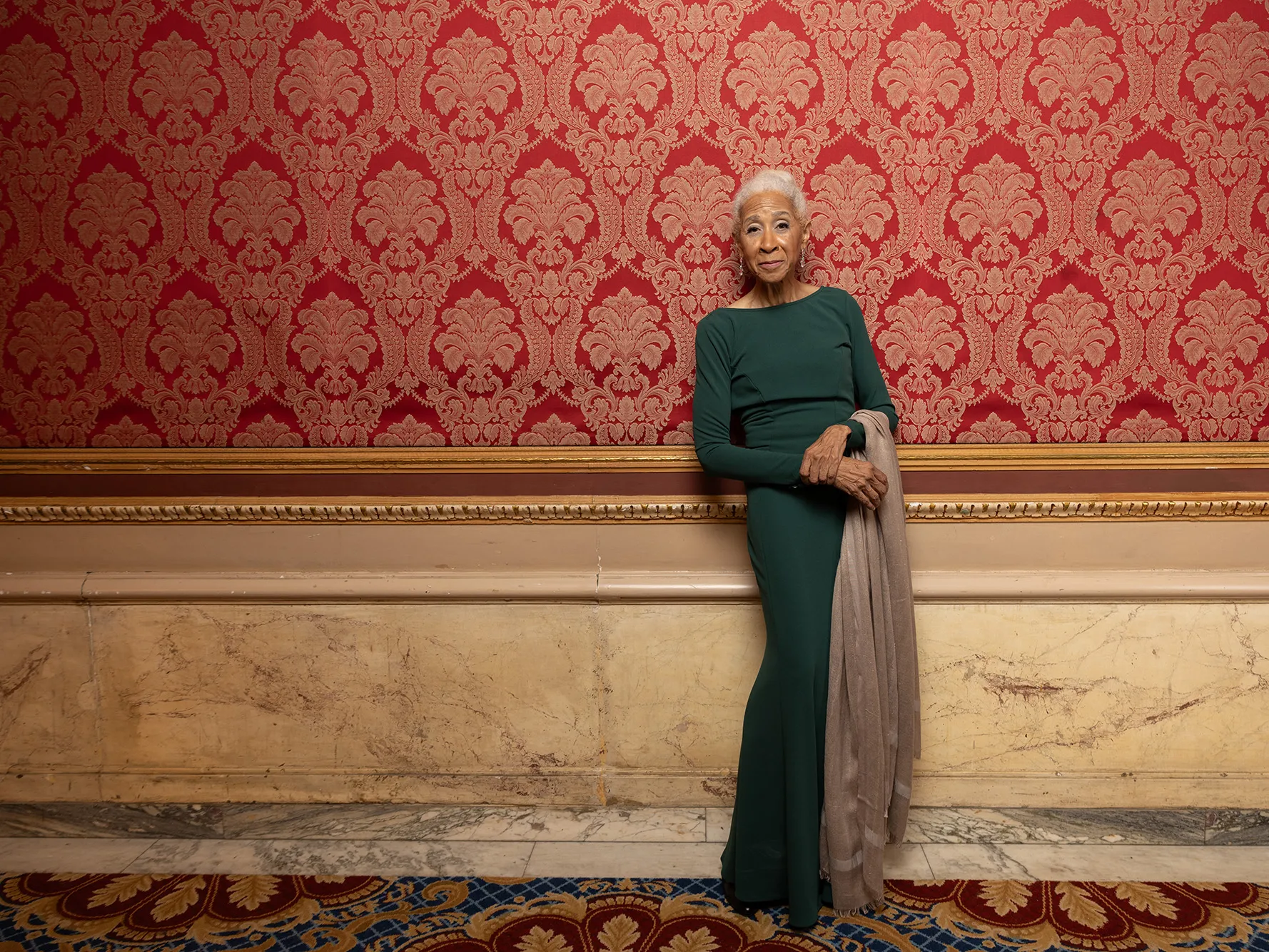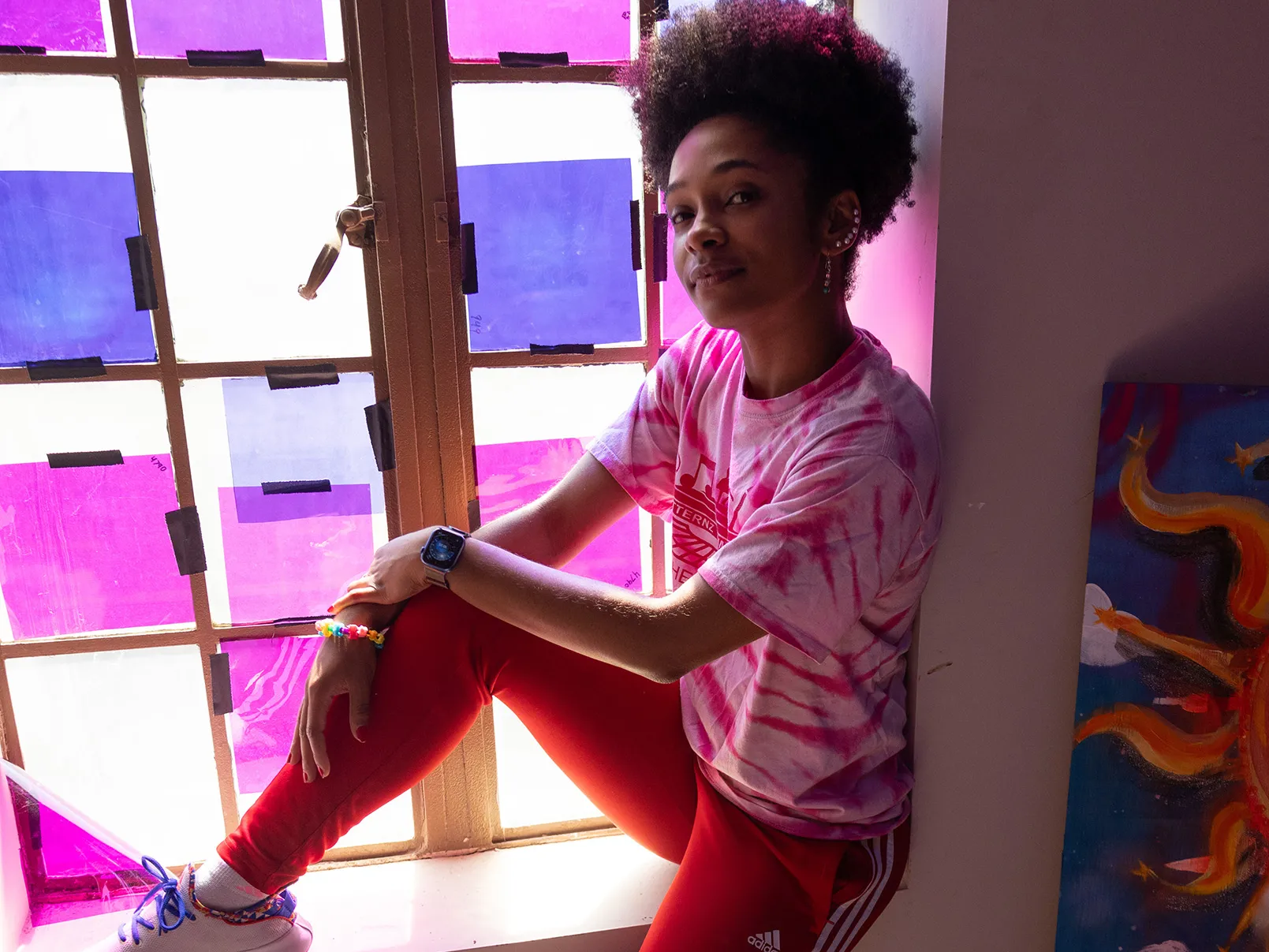Connie Zehr ’60 left a trail of red sand and wonder
The artist’s sand installations and quiet innovation helped shape a movement—and left a legacy of beauty and meaning.

“Artists are not like athletes or dancers; we make art until we die,” Connie Zehr ’60 said in a 2011 interview, foretelling her own future. “She spent her entire life making art, and even at the end, she was thinking about her next piece,” says Cornelius “Pepsi” Lyon, her partner and fellow artist. “She left the world what matters—her art.”
Zehr, who died at 87 in April, created large-scale sand sculptures on the floors of galleries and museums around the world, embracing a style that incorporated minimalism and abstraction. She was also a leader in the pioneering Womanspace Gallery in Los Angeles.
“Connie came into prominence in the late 1970s and early 1980s and was part of the Los Angeles Light and Space movement,” says David Pagel, a professor of art at Claremont Graduate University in California.
Her sand installations “were intimate and feminine and sensual. … She was interested in the experience her art could generate, in touching and affecting people and the power of art.”
At Ohio State, Zehr met David Elder ’61 MFA. They married and eventually moved to Los Angeles and had two children, Eric and Chris (who died in 2012). The couple divorced in the early 1980s; David Elder died in 2023. Zehr began teaching, initially at California State University, Fullerton. She joined Claremont Graduate University in 1981, was department chair and retired in 2009 as a professor emeritus.
Zehr’s works were showcased in scores of solo and group exhibits, including installations at the Whitney Museum of American Art in New York and Museum of Contemporary Art in Chicago. A 2002 article in the Los Angeles Times described Zehr’s large, shaped-sand installations as “a microscopic moment in time that’s been stopped in its tracks for your contemplation.”
After she retired, Zehr moved to New York to be closer to her son Eric Elder and his family. There, she added glass works and photographs printed on aluminum sheets to her repertoire and continued to exhibit her work. “She was happy and content as long as she was thinking about or doing her art,” Eric says.
In a fitting tribute, Eric packed up his mother’s art in a U-Haul truck and drove across the country to Claremont, where Zehr’s work will be preserved and exhibited. “The activity of going through everything and packing it up and then the six-day drive was good therapy for me, to see and lay hands on her art and think about her,” he says.
As part of the pilgrimage, Eric carried with him the remaining bags of red sand his mother had collected decades earlier in the Valley of Fire State Park in Nevada and used in her art.
“I met a ranger there, and we transferred 150 pounds of sand back to the park.”




